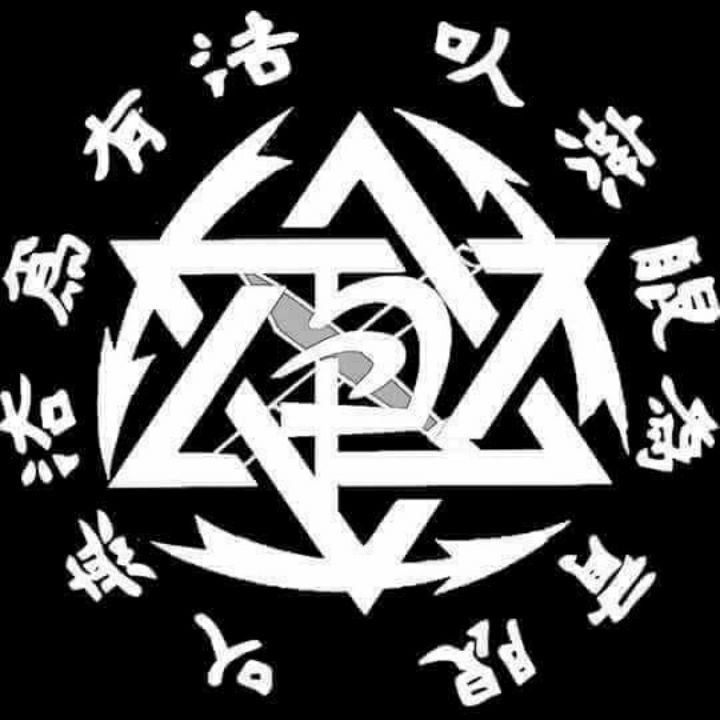Unveiling the Art of Attack in Jeet Kune Do: A Study of the Five Ways of Attack
- Sifu Jeramiah Giehl

- Jan 7, 2024
- 2 min read
In the dynamic world of martial arts, Bruce Lee's Jeet Kune Do (JKD) stands out as a philosophy that transcends traditional boundaries. At the core of JKD lies the intricate understanding and application of the Five Ways of Attack, a concept deeply rooted in fencing principles. In this exploration, we delve into the nuances of these attack strategies and their practical application in JKD.
Single Direct Attack (S.D.A.) / Simple Angle Attack (S.A.A.)
The foundation of the Five Ways of Attack begins with the Simple Angle Attack, focusing on effective positioning and movement.
Leading with the right, guarding with the left, while moving to the right: This technique emphasizes strategic footwork to create angles for attack and defense.
Leading Right Stop Kick – (Groin, Knee, Shin): A quick, decisive kick aimed at vulnerable targets, executed with precision and timing.
Broken Timing Angle Attack (B.T.A.A.): This variation introduces a disrupted timing element, catching opponents off guard with unexpected angles of attack.
Hand Immobilizing Attack (H.I.A.) / Trapping
This approach involves closing one's boundaries while carefully managing distance, setting the stage for immobilizing an opponent's hand.
Use feint before immobilize: Employing deceptive movements to mislead the opponent, creating opportunities for hand immobilization.
Progressive Indirect Attack (P.I.A.) / Feinting
Incorporating movement out of the opponent's line of attack, Progressive Indirect Attack utilizes high-to-low, low-to-high, and left/right or right/left strategies.
High to Low: Executing strikes that transition from high to low, exploiting openings in the opponent's defense.
Low to High: Inverting the strategy, attacks move from low to high, creating a dynamic flow that confounds the opponent.
Left/Right or Right/Left: Unpredictable lateral movements, combined with strikes, add complexity and surprise to the attack sequence.
Attack By Combination (A.B.C.)
This method emphasizes the power of combination attacks, employing tight boundaries, broken rhythm, and speed to confound opponents.
The One-Two (O-N-E-Two): A classic one-two punch combination delivered with speed and precision.
The O-N-E-Two – Hook: Integrating a hook into the one-two combination, adding an element of surprise.
R-Body – R-Jaw – L-Jaw: Sequencing strikes strategically to target different areas of the opponent's body.
R-Jaw – Hook-Jaw – L-Jaw: Creating a dynamic combination that disorients the opponent's defense.
The Straight High/Low: A versatile combination alternating between high and low strikes.
Attack By Drawing (A.B.D.)
This approach relies on awareness, balance, and strategic drawing of the opponent into vulnerable positions.
By Exposing: Deliberately exposing certain areas to provoke the opponent's attack.
By Forcing: Creating situations that force the opponent to make specific movements, setting the stage for a counterattack.
By Feinting: Executing deceptive movements to mislead the opponent and create openings for attack.
The integration of the Five Ways of Attack into Jeet Kune Do elevates the martial art to a sophisticated level of strategic engagement. By drawing inspiration from fencing principles, Bruce Lee crafted a system that values adaptability, creativity, and precision in combat. As practitioners explore and master these attack strategies, they embody the essence of JKD—fluidity, efficiency, and the ability to adapt to any situation. In the spirit of continuous evolution, the Five Ways of Attack remain a cornerstone of JKD philosophy, inviting martial artists to delve deeper into the art of combat.

Comments